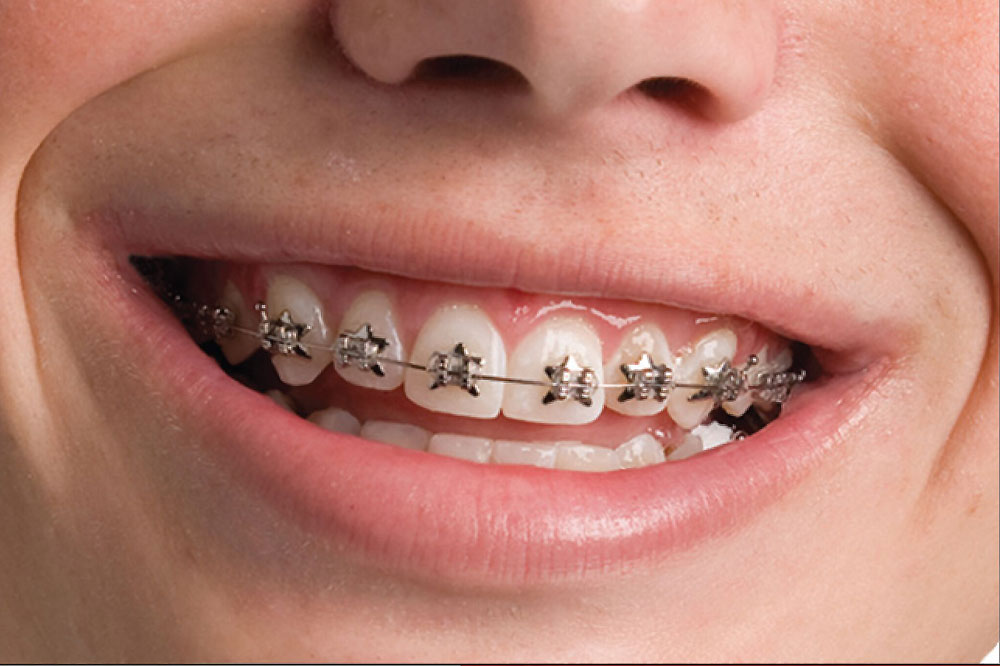How Cumming Orthodontics Addresses Common Braces and Invisalign Problems
How Cumming Orthodontics Addresses Common Braces and Invisalign Problems
Blog Article
Comprehensive Overview to Orthodontics Treatments for Correcting Dental Misalignments
Comprehending the complexities of each treatment, including their devices, benefits, and potential downsides, is vital in making educated decisions about one's orthodontic therapy. As we navigate through the comprehensive overview to orthodontic procedures for remedying oral misalignments, the intricate information of each technique will certainly unfold, shedding light on the course toward a useful and harmonious dental placement.
Orthodontic Procedures Introduction

In enhancement to clear aligners and typical dental braces, orthodontists may additionally suggest various other interventions like headgear, palatal expanders, or retainers to resolve specific placement concerns (orthodontics). These procedures are tailored to every person's distinct requirements and might entail a combination of therapies to attain the desired results. Routine adjustments and monitoring are important components of orthodontic therapy to ensure development is on track and to make any type of needed alterations along the road. By undergoing orthodontic procedures, individuals can not just achieve a straighter grin yet also boost their general dental health and wellness and function.
Typical Dental Braces: How They Work
When considering orthodontic treatments for dental misalignments, typical dental braces stand out as a time-tested approach for fixing teeth placing. Traditional dental braces consist of brackets, cables, and bands that function with each other to apply constant pressure on the teeth, slowly moving them right into the desired placement.
One secret element of how typical dental braces job is the procedure of bone renovation. As pressure is used to the teeth via the dental braces, the bone bordering the teeth is reshaped to support the new tooth settings. This makeover is vital for the lasting security of the corrected placement. Patients will need routine adjustments at the orthodontist's office to make sure the braces continue to use the right stress for efficient teeth movement.
Invisible Aligners: Cons and pros
These clear, customized trays are virtually undetectable when worn, making them an enticing option for people seeking an extra visually pleasing orthodontic treatment. Individuals can remove the aligners prior to eating or cleaning their teeth, decreasing the risk of food obtaining stuck in the home appliance and simplifying the cleansing process.

Surgical Orthodontic Options
Surgical treatments in orthodontics present practical choices for dealing with complex oral imbalances that may not be effectively fixed with traditional orthodontic treatments. While standard dental braces and invisible aligners can fix numerous orthodontic issues, particular situations require surgical treatment to accomplish optimal outcomes. Surgical orthodontic choices are normally recommended for extreme malocclusions, substantial jaw inconsistencies, and cases where the underlying bone framework needs alteration to accomplish proper placement.
One usual surgical orthodontic procedure is orthognathic surgical treatment, which includes rearranging the jaws to remedy functional problems such as problem chewing or talking. This surgical treatment is commonly carried out in collaboration with an orthodontist who aids line up the teeth prior to and after the procedure. Surgical orthodontics might also include treatments to subject influenced teeth, remove excess periodontal cells, or improve the jawbone to create a much more unified facial account.
Before taking into consideration surgical orthodontic choices, clients undertake an extensive analysis to figure out the requirement and possible advantages of such interventions. cumming orthodontics. While surgical procedure try this site may seem difficult, it can considerably improve both the function and aesthetics of the smile in situations where traditional orthodontic therapies fail
Retainers and Post-Treatment Treatment

Post-treatment linked here treatment involves complying with the orthodontist's directions faithfully. This may include proper dental health practices, attending follow-up visits, and using the retainers as suggested. Failing to follow post-treatment treatment instructions can cause relapse, where the teeth progressively return towards their initial settings. Regular retainer wear, great oral hygiene, and routine dental exams are important for preserving the results achieved via orthodontic surgical procedure and ensuring the lasting security of the remedied dental alignment.
Final Thought
In verdict, orthodontic procedures supply different alternatives for remedying dental imbalances. Surgical orthodontic choices are offered for extra extreme misalignments. On the whole, orthodontic treatments can successfully improve dental wellness and visual look.
As we navigate via the detailed guide to orthodontic treatments for fixing oral misalignments, the intricate details of each technique will certainly unfold, losing light on the course towards a harmonious and useful dental positioning. - orthodontics
One of the most common orthodontic therapies is the usage of braces, which are composed of steel brackets and cables that apply mild stress to progressively move teeth into the preferred position.When taking into consideration orthodontic treatments for dental imbalances, typical dental braces stand out as a reliable approach for correcting teeth placing. In addition, invisible aligners might not be ideal for intricate orthodontic concerns that call for even more considerable teeth motion, as they are normally advised for moderate to moderate situations. Retainers are tailor-made orthodontic gadgets developed to hold teeth in their fixed settings after the completion of orthodontic treatment.
Report this page